The Benjamin Levich Institute for Physico-Chemical Hydrodynamics is a research institute located on the campus of the City College of New York (CCNY), the flagship school of the City University of New York. The Institute is comprised of five faculty from CCNY – Jeff Morris (director) and Charles Maldarelli (both from Chemical Engineering) and Joel Koplik, Mark Shattuck, and Hernan Makse (all from the Physics Department), and associated graduate and postdoctoral students. The faculty work co-operatively on interdisciplinary problems in soft matter physics, including fluid and granular mechanics, molecular dynamics simulations, interfacial science and network and data science theory.
Current research interests focus on friction in flows of dense suspensions of particles, the microrheology of complex fluids, self-propelled (active) colloidal engines, the dynamics and self-assembly of colloids at fluid interfaces, microfluidics in lab on a chip devices, static and dynamic transitions of jammed states of non-spherical and deformable particles, jamming dynamics in sediment transport, neural networks of the brain and the spread of information over social networks.
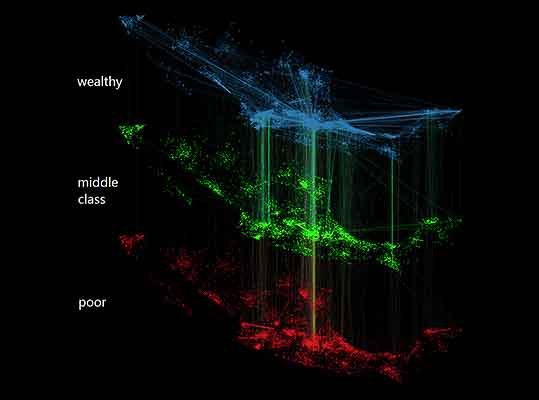
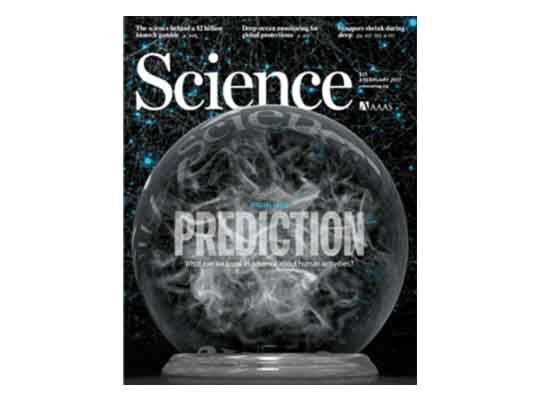
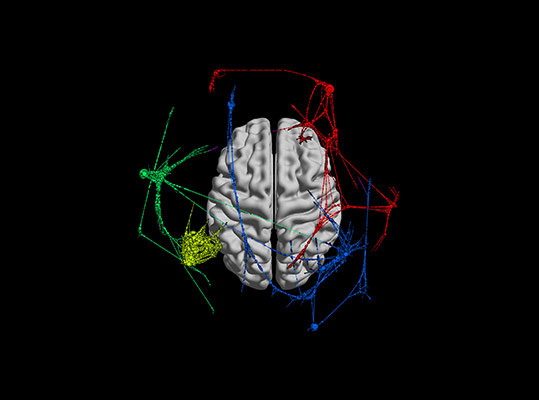
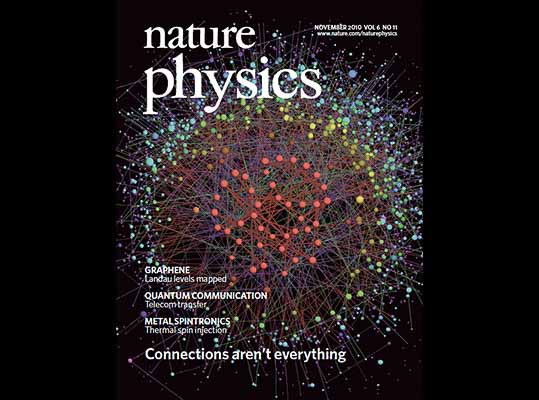
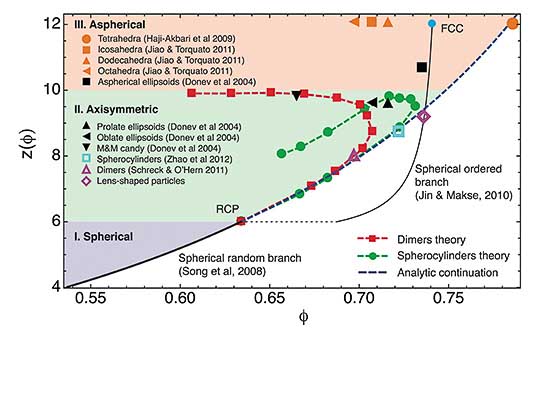
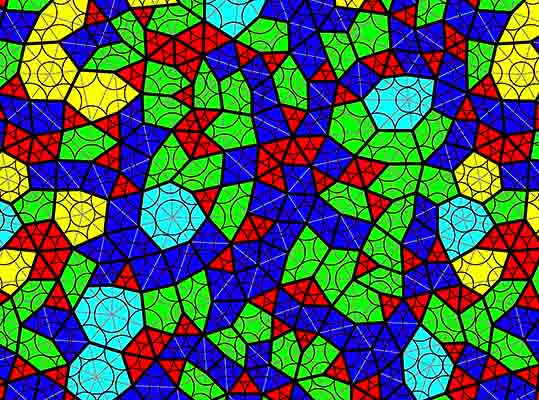
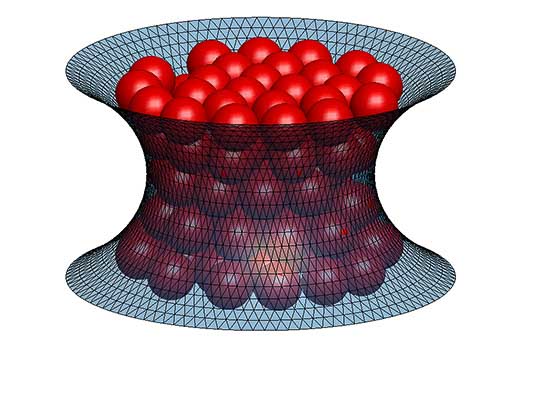
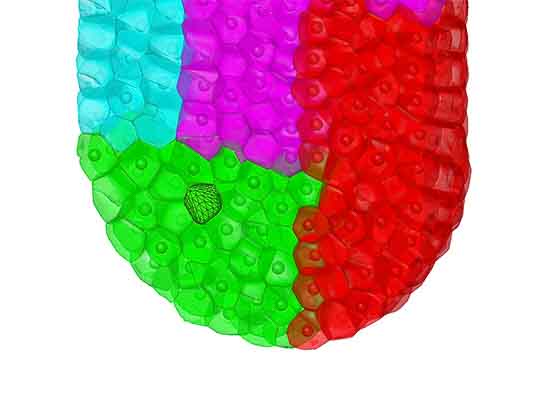
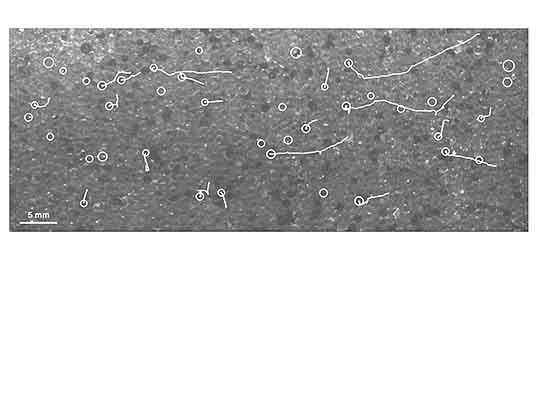
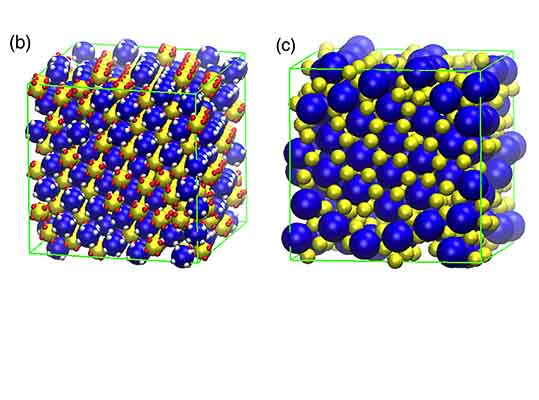

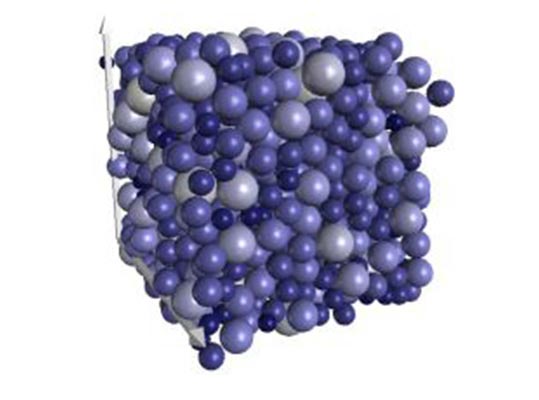
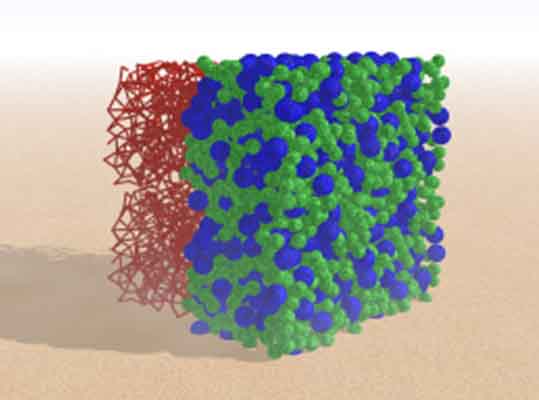
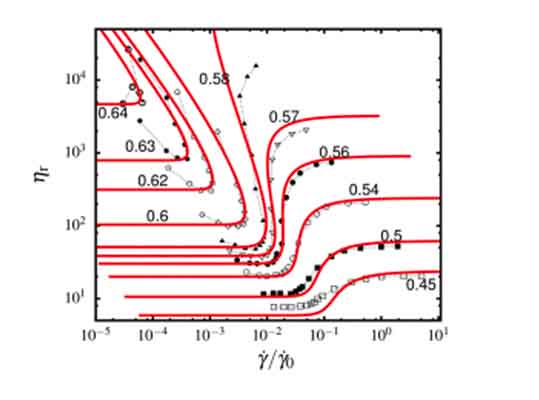
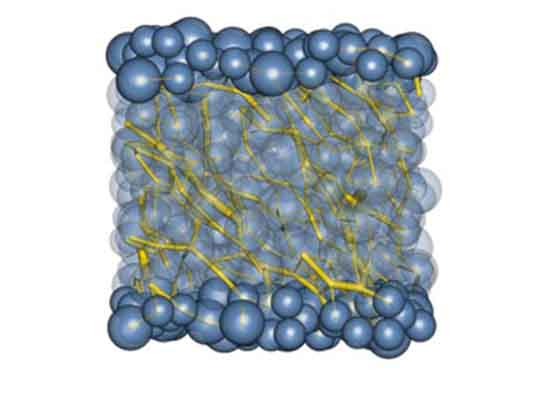
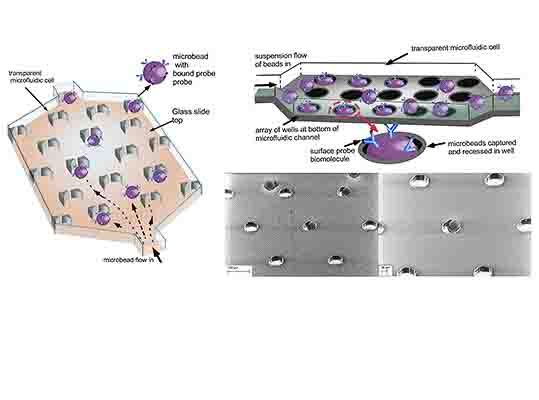
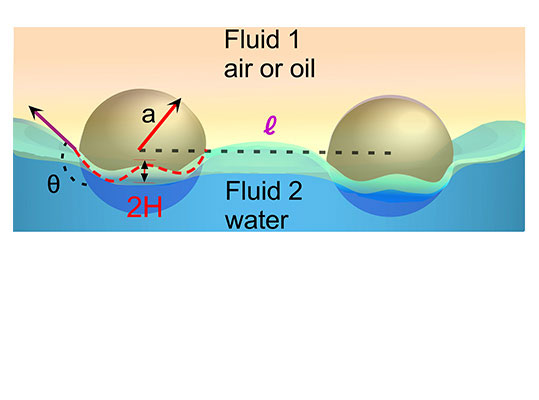
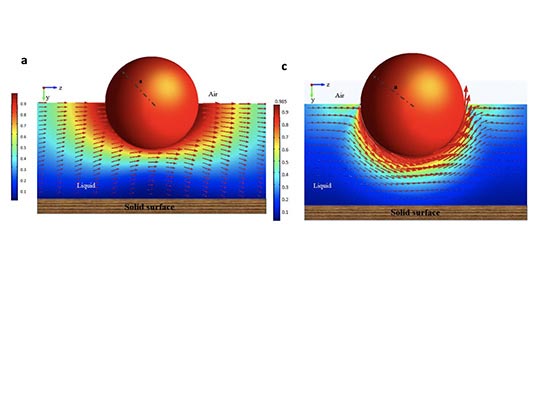

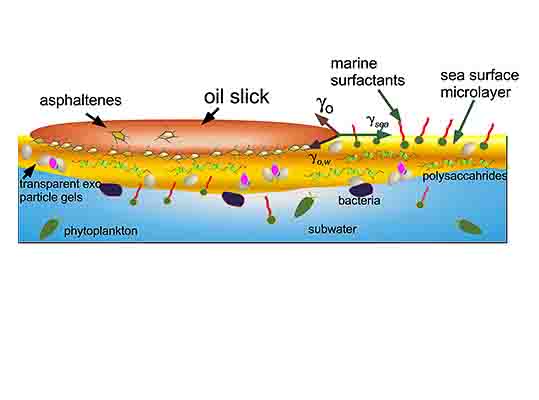
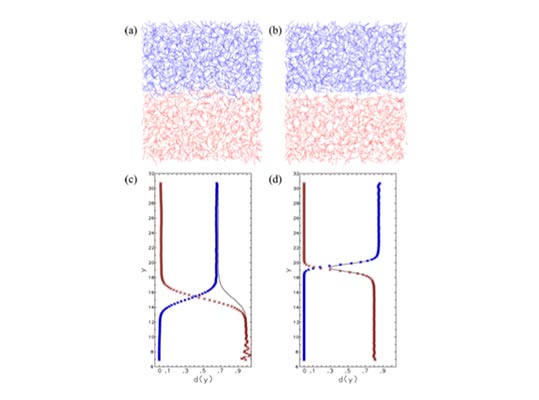
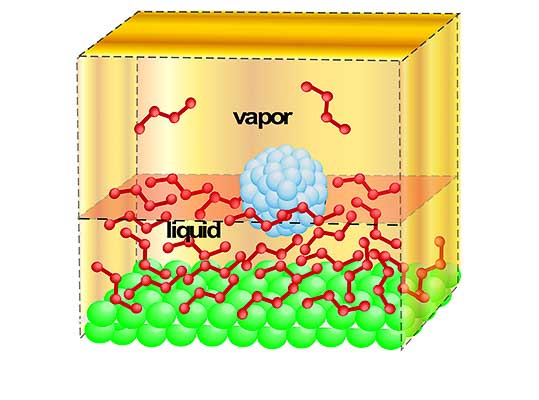
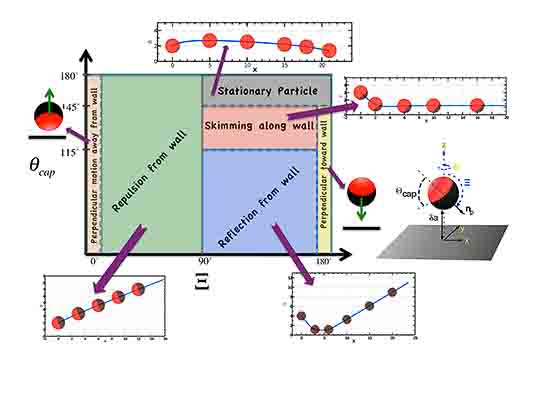
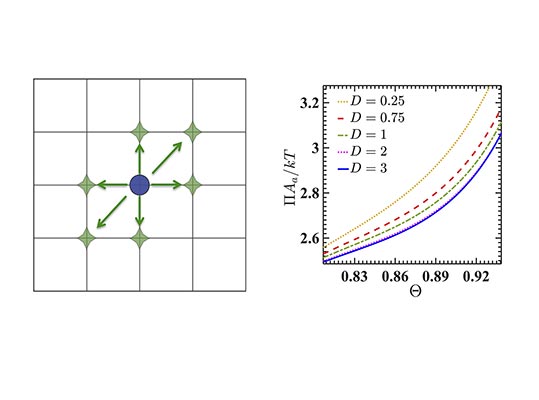
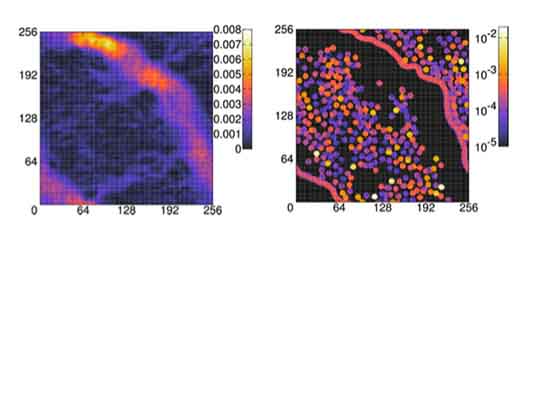
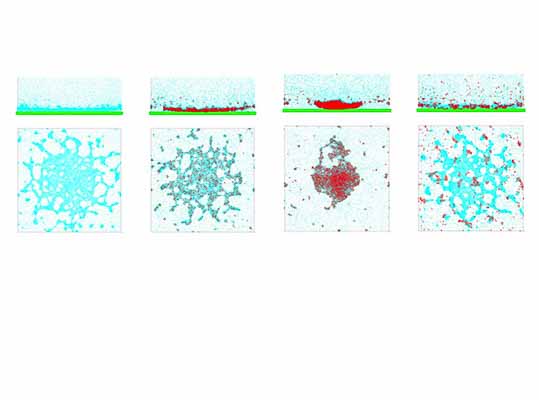
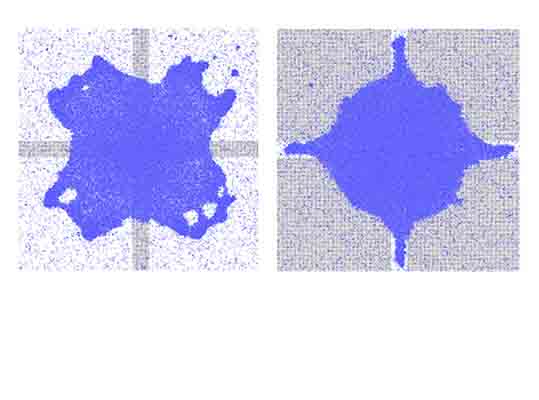

A geolocation based visualization of a nation-wide Mexican mobile network (Hernan Makse)
Using machine learning and statistical physics to predict human behavior (Hernan Makse)
Network theory applied to the brain (Hernan Makse)
Jammed matter studied by Edwards statistical mechanism (Hernan Makse)
Packing states of particles with different geometries (Hernan Makse)
Jamming of deformable polygons (Mark Shattuck)
Granular packing mesh (Mark Shattuck)
Formation of a tail bud in granular packing (Mark Shattuck)
Hydrodynamic erosion of sediment in turbulent flow. (Mark Shattuck)
Molecular dynamics simulations of cooling of metal-metalloids alloys (Mark Shattuck)
Deformable particles like cells can fill complex geometries more efficiently than fixed shapes like circles. (Mark Shattuck)
Simulation of rheology of a polydisperse suspension (Jeffrey Morris)
Simulation of rheology of dense suspensions of particles with attractive forces. (Jeffrey Morris)
Simulation of suspension viscosity in the transition between lubrication to frictional rheology (Jeffrey Morris)
Simulations of shear thickening in dense suspensions including the role of friction due to particle-particle contacts (Jeffrey Morris)
Microparticle arrays for lab-on-chip diagnostic assays (Charles Maldarelli)
Hydrodynamics of interaction of colloids attached to a particle surface (Charles Maldarelli)
Hydrodynamics of a particle translating and rotating on a surface of a thin film (Charles Maldarelli)
Minimalist design of tripeptide esterase artificial enzymes (Charles Maldarelli)
Chemical herding for maritime oil spill remediation (Charles Maldarelli)
Molecular configuration snapshot (Top) and density profile (Bottom) at a liquid/liquid interface; (Left) weak attraction between the two fluid’s molecules, (Right) pure repulsion. (Joel Koplik)
Ingredients in a calculation of colloidal motion at the liquid/vapor interface of a thin film. (Joel Koplik)
Janus colloidal locomotor moving along a solid wall (Joel Koplik)
Random sequential adsorption simulation of hexamer molecules at a liquid/vapor interface. Extracting the lattice gas equation of state from RSA simulations using the Gibbs adsorption isotherm (Joel Koplik)
Transport through a geological fracture with self-affine rough walls; (Left) fluid velocity map, (Right) trajectories of suspended and trapped particles (Joel Koplik)
Side view/top view of the final states for various drops impacting a solid surface; left to right: pure liquid, 21% particulate suspension, 42% suspension and particle-coated drop. (Joel Koplik)
Splash patterns for liquid drops on a patterned surface; (Left) non-wetting cross on a wetting background, (Right) wetting cross on a non-wetting background. (Joel Koplik)
Trajectory of an active Janus particle swimming and diffusing near a wall (Joel Koplik)
 The Morris Lab
The Morris Lab
specializes in the several facets of complex fluid flows. Current research includes frictional rheology (including shear thickening), microrheology, inertial migration, contact line studies, oscillatory and polydisperse rheology using theoretical, simulation and experimental techniques.
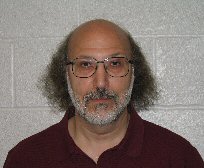 The Koplik Lab
The Koplik Lab
focuses its research interest on Nanoscale fluid mechanics, Colloidal and swimming particles, Porous media flows Superfluids, and Statistical mechanics
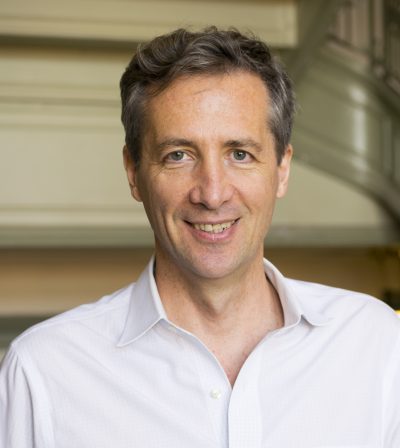 The Makse Lab
The Makse Lab
is interested in the theoretical understanding of Complex Systems from a Statistical Physics viewpoint. We are working towards the development of new emergent laws for complex systems, ranging from brain networks and biological networks to social systems.
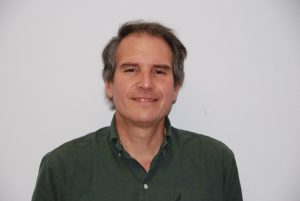 The Maldarelli Lab
The Maldarelli Lab
centers principally on interfacial and colloidal phenomena at the micro and nanoscale. Current research projects include Active Matter, Microfluidics, Colloidal Hydrodynamics, Green Chemistry, Monoclonal Antibodies, and Peptide Self-Assembly and Catalysis.
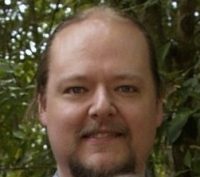 The Shattuck Lab
The Shattuck Lab
studies flowing granular material using a combination of laboratory experiments, molecular dynamics, and numeric integration of continuum models. One of the goals of our research is to create simple systems which elucidate important physics.
News
- Passing of Professor Andreas Acrivos
- AAAS honors Jeffrey Morris as lifetime Fellow
- Michel Orsi, research associate with Professor Morris, awarded the Prix de These du GFR 2023.
- Hernan Makse elected correspondent member of Academia Brasileira de Ciencias, May 10, 2023
- Jeff Morris awarded the 2023 Bingham Award
- Jeff Morris awarded the 2022 Weissenberg Award from the European Society of Rheology (ESR)
- Jeff Morris named as Endowed Distinguished Lecture in Fluid Mechanics of the Department of Chemical Engineering at the University of Florida. Click here to view video of lecture presented on 04/05/2021
- Hernan Makse – Using AI and Digital Contact tracing to Fight the COVID-19 Pandemic
- APS 2019 Stanley Corrsin Award to Jeffrey Morris
- Levich Institute Directors’ Lectures – Beginning on Tuesday, 04/16/2019
- Mark Shattuck and Yale researchers make shape shifting cell breakthrough
- Jeffrey Morris AIChE Award
- Fluids Research NSF Award
- 2015 SOR Awards
- Marino Xanthos Lecture
- Andreas Acrivos Award for Professional Progress
Director
Professor Jeff Morris
Department of Chemical Engineering
Steinman Hall 1M-18
City College of New York
New York, New York 10031
212-650-6844
morris@ccny.cuny.edu
Calendar
Contact Us
Mary Wright
Assistant Director
Levich Institute
Steinman Hall 1M
City College of New York
New York, NY 10031
Phone Number
212 650 8157
Fax Number
212 650-6835
Email
mwright@ccny.cuny.edu
